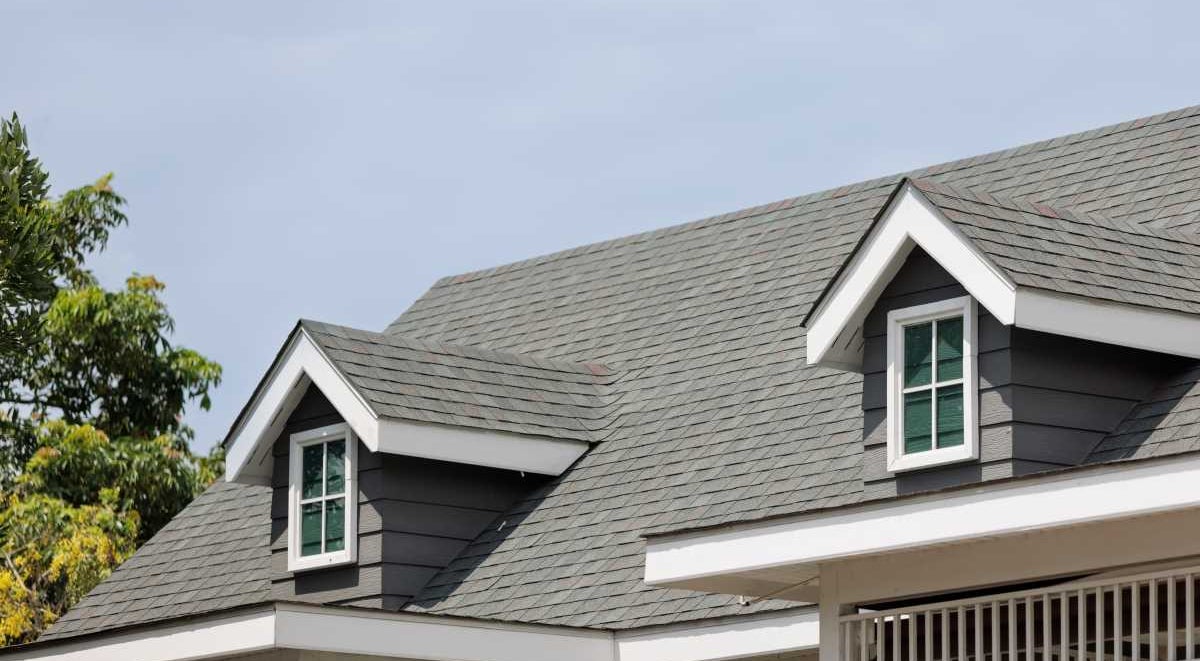Home insurance in Florida
Protect your home with top-rated coverage that could save you over $1,000 every year.*
Protect your home with top-rated coverage that could save you over $1,000 every year.*
Whether you do it yourself online or speak with one of our friendly representatives over the phone, Kin makes it easy to find coverage.

Property info
Customize your quote
Get covered
Tell us about your home.
Answer a few basic questions and we’ll generate your home insurance quote in minutes.
Personalize your policy.
Customize your coverages, limits, and deductibles to get the protection you need at a price that fits your budget.
Get covered.
Review your quote and sign your application online. Any questions? Our licensed agents are here to help.
Rest easy knowing your coverage protects what matters most.
for the actual structure of your home, inside and out.
for things like your detached garage or shed.
for your personal belongings that make your house a home.
for additional living expenses when a covered loss forces you to temporarily relocate.
if you accidentally cause someone bodily injury or property damage.
if a guest is injured on your property.
The average cost of home insurance has increased to more than $3,600 per year in Florida, but you can save money by protecting your home, avoiding damage, and selecting sustainable options.

Home security - for installing security and fire alarms.
Wind mitigation - the more wind-proof your home, the better.
Water detection - because no one wants a flooded home.
Claims-free - for keeping your home safe over the years.
Electronic policy - for reducing your carbon footprint by saving some paper.
From small claims to disasters, we're here to help you recover quickly.
We reach out before and after major weather events to make sure you’re okay — and to assist if you need to file a claim.
Easily file a claim over the phone with a member of our support team or online in your Customer Portal.
Our licensed insurance experts are available to help via email, phone, or live chat.
We help Floridians find coverage across the entire Sunshine State!

While we sell policies in every county in Florida, including these major cities:
The average cost of Florida home insurance premiums is $3,600 per year. Homeowners insurance in Florida is expensive because of the high risk of natural disasters such as hurricanes, floods, and sinkholes. Your home's risks depend on its location and other characteristics.
While homeowners insurance isn't required at the state level, nearly all mortgage lenders require it. Plus, if your home is in a Special Flood Hazard Area (SFHA) like most Florida homes, your lender will usually require you to have flood insurance, too.
Where you live, the age of your home, your home's characteristics, and other factors will determine the cost of your home insurance. Florida's rising insurance costs are also influenced by reinsurance, insurance fraud, litigation costs, catastrophic claims, and inflation.
Beyond the standard adjustable coverages for your home and things like other structures, personal property, and liability, you'll also want to consider adding flood insurance and sinkhole insurance.
And while there's technically no such thing as hurricane insurance, many home insurance policies include coverage for wind damage caused by hurricanes. They may also have a hurricane deductible that applies when you make a claim for losses caused by hurricane winds.